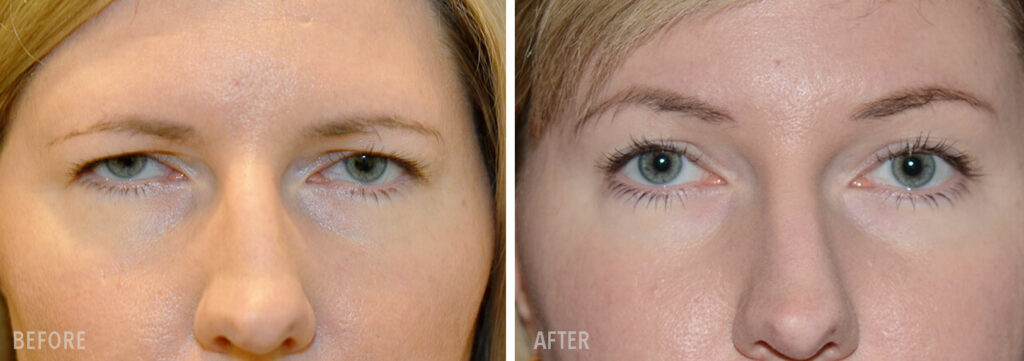
The first few days are about swelling, not shape
Right after surgery, the brow looks high. Too high. Swollen. Tight. That’s normal. The face holds fluid. The skin pulls. Bruising begins near the eyes and travels downward. Ice helps, but only so much. You’re told to sleep upright. To move slowly. To avoid mirrors.
There’s pressure. Sometimes numbness. The forehead feels unfamiliar. Not painful—but odd. You may wear a headband or dressing. You may feel like nothing looks right. That’s okay. This isn’t the result. This is the body reacting.
The real healing hasn’t started yet—it’s still deciding where everything belongs.
By week one, things begin to ease—but not settle
Stitches or staples are removed. Or checked. Swelling starts to fade, but bruising darkens first. You might feel tingling. Or itching. The forehead still feels tight, but not as foreign.
You can move more now. Shower. Eat normally. But no bending forward. No lifting. No pressure. You’re still healing beneath the surface.
Some days, you’ll feel almost normal. Other days, swollen again. That’s how week one works—it moves forward and back.
At two weeks, you’re somewhere in between
You’re no longer resting all day—but you’re not ready for full return. Most people can go back to light work. Talk to others. Be seen. Makeup helps with bruises. But the swelling hasn’t vanished yet.
The shape starts to settle. The brows don’t look too high anymore. They begin to soften. The arch relaxes. Numbness may spread—especially along the hairline or temples. That’s expected.
You start noticing small things. Your expressions. How your face holds itself without strain. Healing is quiet—but steady.
Week three shifts how you feel in your own skin
The incisions itch less. The swelling moves lower. You touch your face more—gently. You sleep better. You trust your reflection again.
Now is when you realize how much you used to raise your brows. How hard your forehead used to work. That effort is gone. And your face feels quieter.
Not every day is the same. Some days feel tight. Others free. But the changes are more internal now than external.
By one month, people notice—but not in the way you fear
You get comments like, “You look rested,” or “Did you sleep well?” Not “What did you do?” That’s the goal. Subtle change. Familiar presence.
Scars are pink. Still healing. But covered by hair or fading fast. Numbness lingers. Sensation returns slowly—weeks or months. But the face moves naturally. The mirror feels less like a test.
You stop tracking every angle. You start just living again.
At six weeks, the routine returns
You can exercise gently. Sleep on your side again. Wash your hair without thinking. Lift groceries. Hug people without guarding your head.
The brows feel part of you now—not something added. You stop being careful every second. You start trusting your body. That trust feels better than any visual result.
Most of the healing is invisible now—but it’s happening deeper than before.
By three months, the final shape appears
The arch holds. The outer tail stays lifted. The forehead moves easily. The hair grows over incision sites. Scars fade into skin.
You may still feel slight numbness. That can last. Or resolve slowly. But what you see now is close to what stays. The face feels more open. The eyes less strained.
You no longer think about it all the time. Which means it worked.
A year later, the surgery becomes memory
Scars are flat. Barely visible. Sensation may be back—or not. But you’ve adapted. You move naturally. You feel like yourself. Just lighter. Just more at ease.
You forget you had surgery until you look back at old photos. And realize how heavy you used to feel.
That’s when you know it wasn’t just a cosmetic change—it was a shift in how you live in your face.
